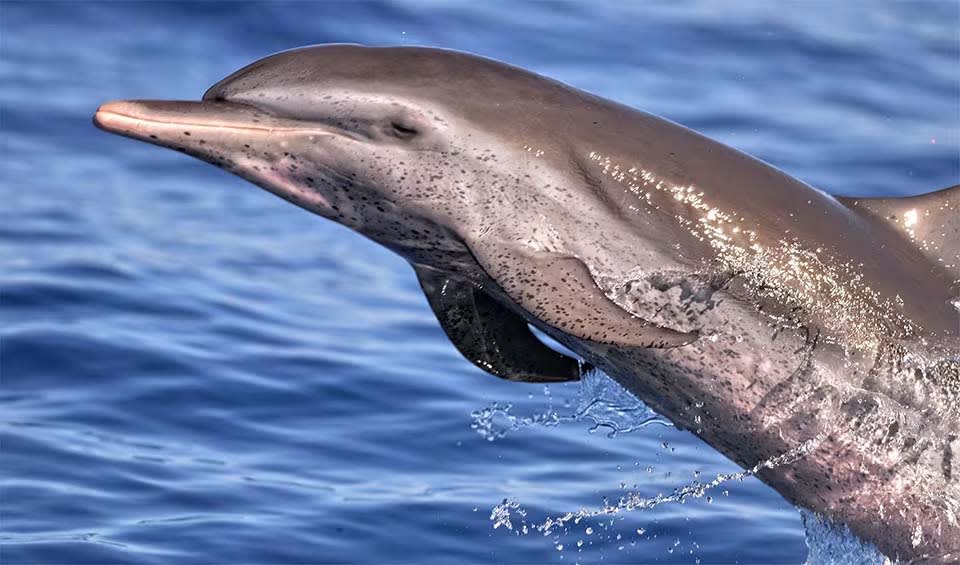Bermuda is an archipelago made up of 181 islands, with the main islands connected by bridges, giving the appearance of a single landmass. It covers a total area of 54 km² (21 mi²). Bermuda has a tropical climate, featuring warm winters and hot summers, while also displaying oceanic characteristics similar to other coastal regions in the Northern Hemisphere. The warm, moist ocean air creates high humidity and helps stabilize temperatures.
Although Bermuda is vulnerable to severe weather from tropical cyclones, it benefits from some protection due to its coral reef and its position north of the Main Development Region, which reduces the frequency and intensity of storms.
Four pillars elaborated:
Bermuda is a small archipelago covering 54 square kilometers (21 square miles), with a rich ecological diversity supported by its tropical climate and unique island habitats. Around 20% of Bermuda’s land is forested, with significant efforts underway to protect its natural areas and biodiversity. The island’s coral reefs and marine ecosystems are particularly vital, providing both ecological protection and economic benefits through tourism and fisheries. Land Management
Land Management
Bermuda’s Marine Conservation Initiative safeguards its waters, focusing on protecting critical habitats like coral reefs, seagrass beds, and mangroves. These efforts are crucial for maintaining marine biodiversity, supporting species such as sea turtles and various fish populations. Over 10% of Bermuda’s coastal waters are designated as marine protected areas (MPAs), with a portion receiving high-level protection to ensure the sustainability of these ecosystems.
Bermuda’s risk of species extinction remains relatively low and stable, with ongoing conservation efforts contributing to the protection of its unique biodiversity. The island is home to a variety of species, including endemic reptiles, seabirds, and marine life. Bermuda’s terrestrial and marine protected areas play a critical role in safeguarding these habitats and species. Approximately 30% of the island’s most important natural habitats fall within protected zones, helping to preserve ecosystems that are crucial for the survival of native species. Threats to Biodiversity
Threats to Biodiversity
However, like many island ecosystems, Bermuda faces pressures on its marine populations, with overfishing and habitat degradation posing significant threats. These challenges have highlighted the need for improved management strategies to protect fish stocks and marine biodiversity. Efforts are also focused on mitigating the impacts of invasive species and habitat loss, particularly in coastal areas where development and human activity are more intense.
Bermuda has taken significant steps toward strengthening its conservation efforts through the creation of innovative programs aimed at preserving its unique biodiversity. In partnership with international organizations like the United Nations Environment Programme and the Global Environment Facility, Bermuda has launched initiatives to build capacity and enhance its environmental management systems. One key project is the Bermuda Biodiversity Project (BBP), which serves as a comprehensive digital repository for the island’s biodiversity data. This platform consolidates knowledge from local and international institutions, providing a crucial resource for informed decision-making and global collaboration in conservation efforts. Capacity and Governance
Capacity and Governance
Bermuda’s National Biodiversity Strategy and Action Plan (NBSAP) outlines a forward-looking approach to conserving the island’s unique biodiversity while promoting sustainable development and equitable benefit-sharing. The strategy focuses on addressing the root causes of biodiversity loss, reducing direct pressures on ecosystems, and safeguarding genetic diversity. Central to the plan is the protection of Bermuda’s natural habitats and species, as well as enhancing the benefits that biodiversity provides to local communities through ecosystem services. Future Trends
Future Trends
Biodiversity
When Bermuda was first discovered, it was uninhabited by humans and covered mostly by Bermuda cedar forests and mangrove marshes. By 2020, around 20% of the island remained forested, covering approximately 1,000 hectares, a figure unchanged since 1990. Of the island’s 1,000 vascular plant species, only 165 are native, with 15, including the Bermuda cedar, being endemic. Bermuda’s tropical climate enabled settlers to introduce many non-native species, such as palm trees and fruit trees.Bermuda’s only native mammals are five species of bats, also found in the eastern U.S., including the silver-haired bat and eastern red bat. Notable fauna include the Bermuda petrel, or cahow, rediscovered in 1951 after being thought extinct since the 1620s, and the white-tailed tropicbird, known as the longtail, which signals the arrival of spring. The Bermuda rock lizard, historically considered the island’s only native non-bird land vertebrate, shares its territory with marine turtles. Recent genetic studies revealed that the diamondback terrapin, once thought to be introduced, actually predates human arrival.
mammals
Hooded seal
Only males possess a unique, inflatable, balloon-like nose that they can inflate into a large red shape
Pantropical spotted dolphin
A champion swimmer and a social butterfly of the warm seas
North Atlantic right whale
Believed to be only seen by scientists for 50 hours in the last 50 years
birds
Gyrfalcon
Largest of falcons: can grow up to 60cm (2 ft) in height
Glossy ibis
These birds seem to have lost their way to the beauty pageant
American woodcock
This incredible bird can feel the vibrations made by a worm to find it and consume it
reptiles
Loggerhead sea turtle
One of the largest and strongest sea turtles in the world
Diamondback terrapin
Only species of turtles endemic to the United States
Kemps ridley sea turtle
Meet the smallest and rarest sea turtle in the world













